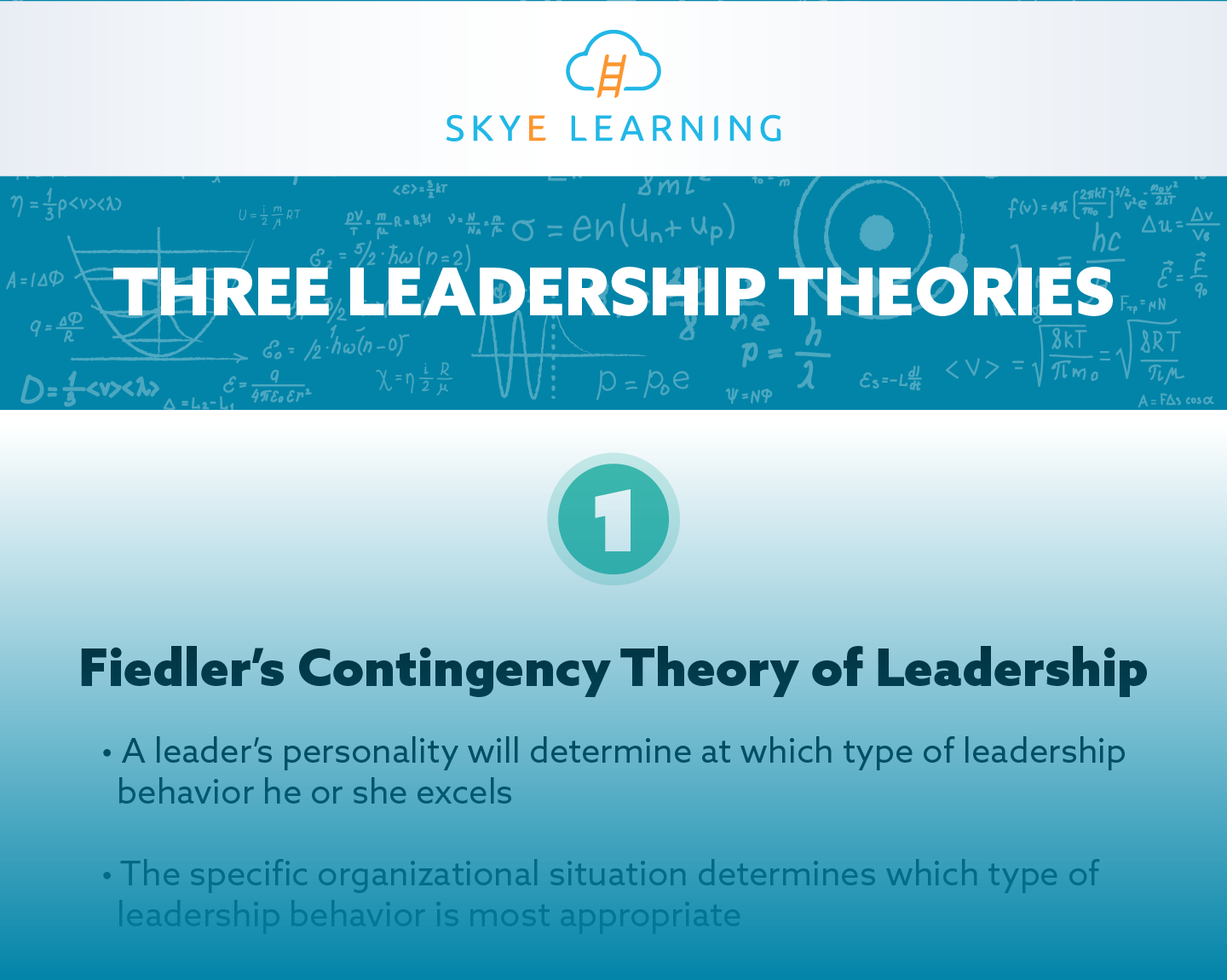The early approaches to studying leadership focused on identifying patterns of leadership behavior that resulted in superior performance. Such behavioral studies placed leaders' behaviors on a spectrum ranging from job-centered to employee-centered behavior.
In job-centered leader behavior, a leader focuses on the actual work of subordinates (e.g., explaining specific tasks and monitoring output), and her primary concern is the subordinates' performance. On the other end of the spectrum, employee-centered leader behavior seeks to elicit superior performance from subordinates by focusing primarily on the human aspects of the group (e.g., motivation, job satisfaction) rather than the subordinates' tasks.









.jpg)
.png)
.png)




